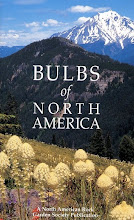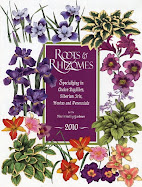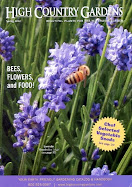O'Shaughnessy Dam
Water flowing from the dam
Hetch Hetchy Reservoir (more than 300 feet deep)
Digger pine cone (Pinus sabiniana)
South rim of the valley above the dam. Photos taken in April 2018
Click here for more photos of Hetch Hetchy Valley.
Our last day in Yosemite National Park was April 12, 2018. After walking in Tuolumne Grove, we took a lovely drive to Hetch Hetchy Valley. It was beautiful. We couldn’t walk in the valley, because it is filled with a reservoir that provides the San Francisco Bay Area with water. But we could see it from above & from the top of the impressive dam. The Hetch Hetchy Road runs down to the dam, near the western edge of park. The reservoir fills the valley to the east for 8 miles.
The valley was even more beautiful before the dam was built. The bottom of the valley had 1,200 acres of meadows surrounded by a forest of pine, oak & Douglas fir. The Tuolumne River & many streams flowed through the valley, while stands of alder, willow & dogwood grew among them. More than 300 feet of the valley walls had not yet been covered by water.
Work on the Hetch Hetchy Project began in 1914 when the Hetch Hetchy Railroad (68 miles long) was built to bring construction materials to the dam site. It was dismantled in 1949. Construction of O'Shaughnessy Dam began in 1919 & ended in 1923. The height of the dam was increased from 227 to 312 feet in 1938. The aqueduct system brought water to San Francisco in 1934 after flowing 167 miles from Hetch Hetchy Valley.
San Francisco was granted water rights to Hetch Hetchy Valley by the United States Department of the Interior in 1908. The Sierra Club (led by John Muir) began a campaign to stop the project. National opinion was divided between damming & preserving Hetch Hetchy Valley. Conservationists felt the environment should be used in a "conscientious manner" to benefit society. Preservationists believed that nature should be preserved & protected. San Francisco argued that the reservoir was vital to the city. John Muir asked Congress to protect Hetch Hetchy Valley from destruction. Hundreds of individuals & organizations sent petitions to Congress. It was the beginning of the American environmentalist movement.
Because the valley was in Yosemite National Park, an act of Congress was required. The Raker Act was passed in 1913 & signed by President Woodrow Wilson. It permitted the flooding of the valley, but stipulated that power & water could only be used for public interests.
In 1921, Principal Jessie Lockwood was asked to select a new name for the York School that had opened in 1910 in the Mt Baker neighborhood of Seattle. She chose John Muir. Part of her motivation for selecting Muir was the hope that students would develop a love of nature & a desire to conserve natural beauty. Ironically, I attended that school for 7 years, but learned nothing about John Muir or environmentalism during that time.
San Francisco was granted water rights to Hetch Hetchy Valley by the United States Department of the Interior in 1908. The Sierra Club (led by John Muir) began a campaign to stop the project. National opinion was divided between damming & preserving Hetch Hetchy Valley. Conservationists felt the environment should be used in a "conscientious manner" to benefit society. Preservationists believed that nature should be preserved & protected. San Francisco argued that the reservoir was vital to the city. John Muir asked Congress to protect Hetch Hetchy Valley from destruction. Hundreds of individuals & organizations sent petitions to Congress. It was the beginning of the American environmentalist movement.
Because the valley was in Yosemite National Park, an act of Congress was required. The Raker Act was passed in 1913 & signed by President Woodrow Wilson. It permitted the flooding of the valley, but stipulated that power & water could only be used for public interests.
In 1921, Principal Jessie Lockwood was asked to select a new name for the York School that had opened in 1910 in the Mt Baker neighborhood of Seattle. She chose John Muir. Part of her motivation for selecting Muir was the hope that students would develop a love of nature & a desire to conserve natural beauty. Ironically, I attended that school for 7 years, but learned nothing about John Muir or environmentalism during that time.


















































































